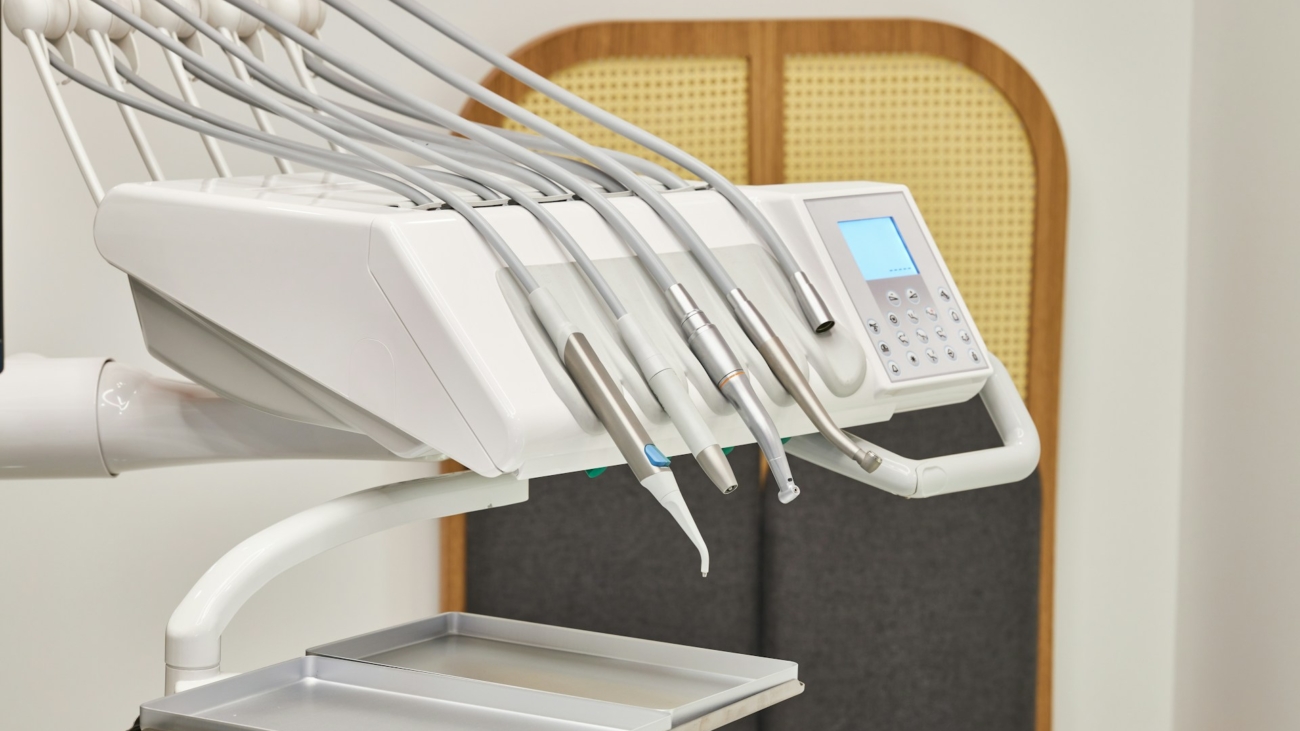The healthcare sector, a significant component of most economies, relies heavily on the precision of medical equipment. From diagnostic tools to therapeutic devices, these instruments are essential inputs in the production of health services. However, the accuracy of these inputs, contingent on regular calibration, has profound economic implications.
The Economic Consequences of Calibration Errors
Improperly calibrated medical equipment introduces a form of market failure. It distorts the efficient allocation of healthcare resources by generating inaccurate information.
- Increased Healthcare Costs: Misdiagnoses resulting from faulty equipment often lead to unnecessary tests, procedures, and treatments, escalating healthcare expenditures. Moreover, delayed or incorrect diagnoses can result in more severe health conditions, necessitating more costly interventions.
- Reduced Productivity: Ill health due to misdiagnosis or ineffective treatment can lower labor productivity, impacting economic growth. A workforce hindered by preventable diseases incurs significant opportunity costs.
- Malpractice and Litigation: Calibration errors can lead to medical malpractice claims, increasing the cost of healthcare insurance for providers and potentially deterring investment in the sector.
- Loss of Patient Confidence: Erroneous diagnoses or treatments can erode public trust in healthcare providers, leading to decreased demand for services and a decline in the healthcare industry’s revenue.
Economic Analysis of Calibration
From an economic perspective, calibration can be viewed as an investment in quality assurance. The costs of calibration include labor, equipment, and time. However, the benefits extend beyond immediate cost savings.
- Risk Mitigation: Regular calibration reduces the likelihood of errors, minimizing potential financial losses from malpractice claims and patient dissatisfaction.
- Efficiency Gains: Accurate equipment can lead to faster and more effective diagnoses and treatments, improving resource allocation and reducing overall healthcare costs.
- Reputation Enhancement: A strong commitment to calibration can enhance a healthcare facility’s reputation for quality care, attracting patients and payers.
Policy Implications
To optimize the economic benefits of calibration while minimizing costs, policymakers can consider the following strategies:
- Incentivize Calibration: Implement financial incentives for healthcare providers who adhere to strict calibration protocols. This could include reduced malpractice insurance premiums or performance-based reimbursement models.
- Standardization: Develop standardized calibration procedures and protocols to ensure consistency across healthcare facilities.
- Investment in Technology: Support research and development of advanced calibration technologies to improve efficiency and accuracy.
- Consumer Education: Educate patients about the importance of calibration and how to assess the quality of healthcare providers.
By recognizing the economic implications of calibration, policymakers and healthcare providers can work collaboratively to enhance the quality and efficiency of healthcare services.
Calibration Costs: A Deeper Economic Analysis
While the economic benefits of accurate medical equipment are evident, it’s crucial to quantify the costs of calibration to assess its overall economic efficiency. These costs can be categorized into direct and indirect expenses.
Direct costs encompass the tangible expenditures associated with calibration, including labor, equipment, and calibration standards. These costs can vary significantly based on the complexity of the equipment, the frequency of calibration, and the size of the healthcare facility. For instance, calibrating a complex imaging system requires specialized personnel and advanced equipment, resulting in higher direct costs compared to simpler devices.
Indirect costs, often overlooked, are equally important. They include the opportunity cost of equipment downtime during calibration, potential revenue loss due to service interruptions, and the costs associated with training staff in calibration procedures. Moreover, the cost of errors arising from inadequate calibration, such as patient dissatisfaction, legal liabilities, and reputational damage, can be substantial.
To optimize the calibration process, a cost-benefit analysis is essential. This involves comparing the direct and indirect costs of calibration with the expected benefits in terms of improved patient outcomes, reduced medical errors, and increased efficiency. By striking the right balance between calibration frequency and cost, healthcare organizations can maximize the return on their investment.
Furthermore, technological advancements offer opportunities to reduce calibration costs. Remote calibration, enabled by digital technologies, can minimize downtime and labor expenses. Additionally, predictive maintenance models, using data analytics to anticipate equipment failures, can optimize calibration schedules and prevent unexpected breakdowns.
It’s important to note that the economic implications of calibration extend beyond the healthcare sector. Medical device manufacturers, calibration service providers, and regulatory bodies also play crucial roles. Harmonized calibration standards and interoperability among devices can lead to economies of scale and reduce overall costs.
In conclusion, calibration is not merely a technical requirement but a strategic investment with far-reaching economic consequences. By carefully considering both direct and indirect costs, and by leveraging technological innovations, healthcare organizations can optimize their calibration processes and contribute to the overall efficiency and sustainability of the healthcare system.

